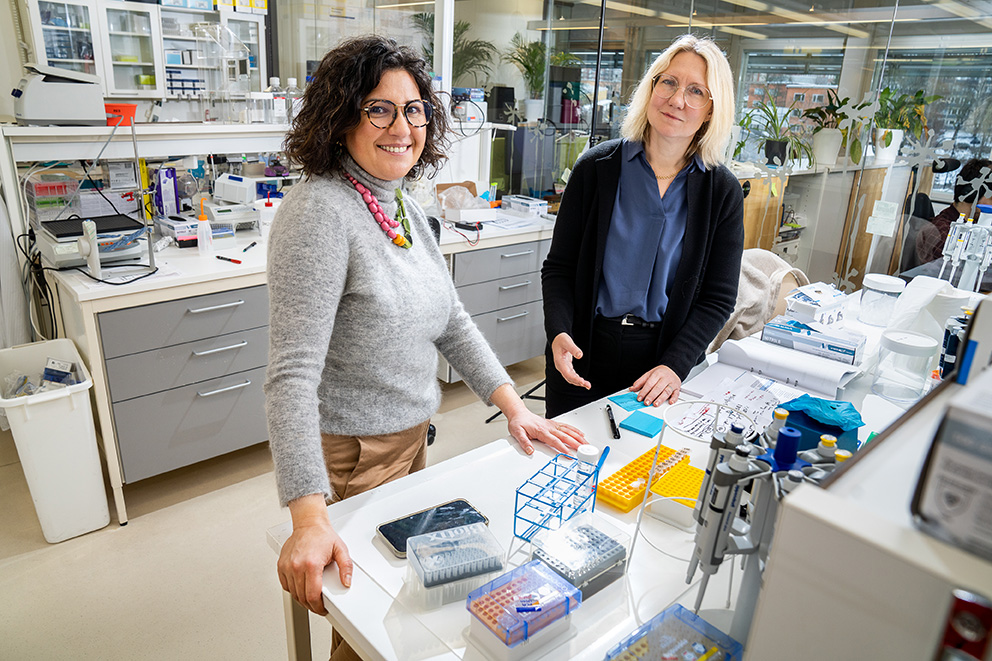Collaborative project receives funds to research the role of genetics in rare diagnoses
Since 2014, Region Stockholm and KTH Royal Institute of Technology (KTH) has issued a yearly call for proposals for collaborative projects within health and medical technology. The projects are eligible to receive up to one million Swedish crowns per year for up to three years. One of the projects that has been granted funding aims to better understand genetic reasons for rare diagnoses that affect brain development.

In Europe, a disease is defined as rare if it affects less than one in 2000 citizens. There is often an inadequate amount of knowledge within the public healthcare system and society making it hard to diagnose people with rare diseases. This has a tremendous negative impact on their quality of life. Research suggests that many of the diseases are of a genetic origin. A prerequisite for treatment is therefore to understand what the specific disease causing genes are and why they cause medical problems. That is why the collaborative project aims to design tools to be able to diagnose more patients with rare diseases.
Pelin Sahlén, associate professor in gene technology at KTH, is the vice president of the project. With the aid of previously distributed funds, she and Anna Lindstrand, professor and consultant in clinical genetics at the Karolinska University Hospital (KS), along with other project members have researched and implemented new methods used in routine clinical practice today. This has led to more patients receiving diagnoses but also to more uncertain results that need to be confirmed with a secondary method.
“With large scale genomic sequence analysis, 40 percent of the individuals with rare diseases in Region Stockholm currently receive a genetic diagnosis, which is a success story. At the same time, 60 percent of the patients with rare diseases remain undiagnosed, so there is still room for improvements,” Lindstrand says.
An appreciated collaboration between Region Stockholm and KTH
Together with her research team, Sahlén has developed a method to detect mutations that may lead to rare diseases. The new method will now be implemented in clinical treatments.
“We’ve created a method that allows us to study the 3D structure of the genome at high resolution. By applying this to a clinically relevant gene list, a so-called gene panel, we can detect previously invisible mutations that cause genes to malfunction. The method promises to a step forward in clinical diagnostics,” Sahlén says. “By combining high-qualitative DNA and RNA analysis, we can also improve our basic understanding for the disease mechanisms that lead to different diagnoses within the neurocognitive spectrum, such as dyslexia, ADHD and autism.”
Both Sahlén and Lindstrand are very positive about the collaboration between KTH and Region Stockholm. The collaboration means that KTH gets access to clinical samples that are valuable for the project’s research.
“And by working with KTH we ensure that more patients have access to the latest investigations using methods that we otherwise wouldn’t have been able to use in a clinical setting for several years to come,” says Lindstrand.
Text: Nicky Rosenberg
